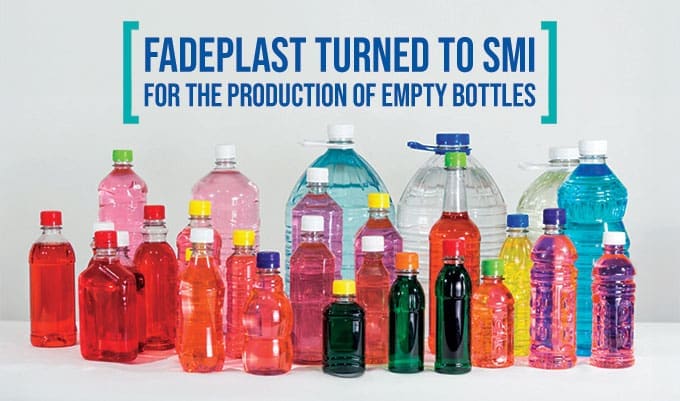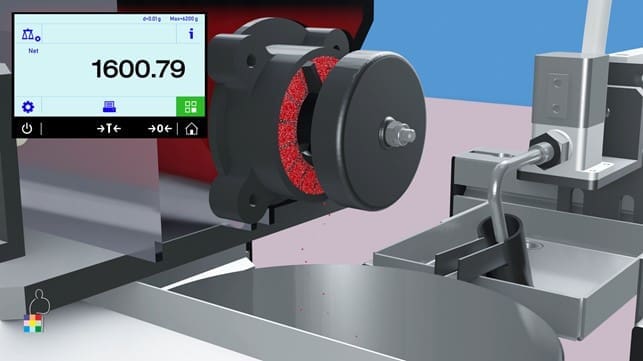Until now, caterers and kitchens have had to let hot food cool down in order to effectively vacuum-pack it. This costs flexibility, time and, in the case of active cooling, energy. The SFP light steam flushing system from Multivac offers an alternative. It uses steam at 180 °C to allow food to be vacuum-packed immediately after cooking.

Designed for small batch sizes
Caterers and central kitchens face a challenge when they want to vacuum pack and preserve hot food directly after cooking with a packaging machine. Why? This is where the vapour pressure curve comes into play. The stronger the vacuum, the lower the boiling point. For example, if the machine generates a vacuum of 200 millibars, the water content in the product evaporates at just 60 °C. And from this point on, no further pressure reduction is possible.
When vacumising hot products, a residual air content of 21 percent oxygen will always remain in the headspace. A proportion that can reduce the shelf life of the food. “Many caterers and kitchens therefore let hot food cool down before vacumising it. Or use active cooling. But they lose either time or energy in the process,” says product manager Dominik Eberhard.
“In order to relieve caterers and kitchens, we have launched a new steam flush system for small to medium-sized batches called SFP light. SFP is the abbreviation for Steam Flush Packaging. Multivac already offers an SFP system for high-throughput deep-drawing packaging machines in industry. The new version is designed for smaller batch sizes in kitchens and catering companies. It is less complex, space-saving and more cost-effective.
No significant residual air pockets
The system allows hot food to be vacuum-packed immediately after cooking. In the first step, the deep-drawing packaging machines form troughs for the product from a plastic film – for example, for five kilograms of goulash in each case at a temperature of 60 °C. In the next step, the portions travel to a hermetically sealed sealing station. Now steam at 180 °C flows through the station.
If the packaging is then sealed with a top film, steam remains in the packaging. The highlight: Gases have a significantly larger volume than liquids. When the water vapour turns back into water during cooling, the packaging automatically contracts.
“Thanks to SFP light, it is possible to package hot products without significant residual air pockets. And all this without a vacuum source, which is always limited by the vapour pressure curve,” explains Eberhard. “In addition, there is no risk of products boiling or bursting, as there is no negative pressure in the product chamber.” A useful side effect of the steam flushing system: The 180 °C hot gas kills germs on the surface of the food, extending its shelf life.





